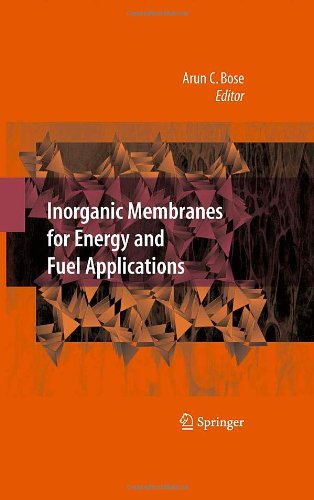

Most ebook files are in PDF format, so you can easily read them using various software such as Foxit Reader or directly on the Google Chrome browser.
Some ebook files are released by publishers in other formats such as .awz, .mobi, .epub, .fb2, etc. You may need to install specific software to read these formats on mobile/PC, such as Calibre.
Please read the tutorial at this link: https://ebookbell.com/faq
We offer FREE conversion to the popular formats you request; however, this may take some time. Therefore, right after payment, please email us, and we will try to provide the service as quickly as possible.
For some exceptional file formats or broken links (if any), please refrain from opening any disputes. Instead, email us first, and we will try to assist within a maximum of 6 hours.
EbookBell Team

4.4
12 reviewsThe study of inorganic membrane materials and processes is a rapidly expanding research interest area. This is due to the recognition that research results in recent years have created membrane-based technology modules with the potential to improve the cost, efficiency, and environmental performances of energy production systems beyond current benchmarks. This book documents progress in inorganic membranes, especially in advanced materials and novel separation concepts, with applications for cost-effective and environmentally-progressive energy production solutions. The book chapters address inorganic membranes on three transport mechanisms, i.e., mixed ion-electron conduction, solution-atomic diffusion, and size exclusion filtration of the permeate phase.
Inorganic Membranes for Energy and Environmental Applications provides a single source reference for researchers contemplating continued advancement of inorganic membrane technology to novel capabilities for applications to future energy and fuel production systems and potentially, technology-based responses to address greenhouse gas emission concerns.
This book is meant for scientists, engineers, industry R&D personnel, and graduate students engaged in the development, engineering scale-up, and applications of inorganic membrane materials and processes, and non-technical management staff delegated with programmatic and resource allocation decision authorities who need to know about state-of-the-art current inorganic membrane technology.